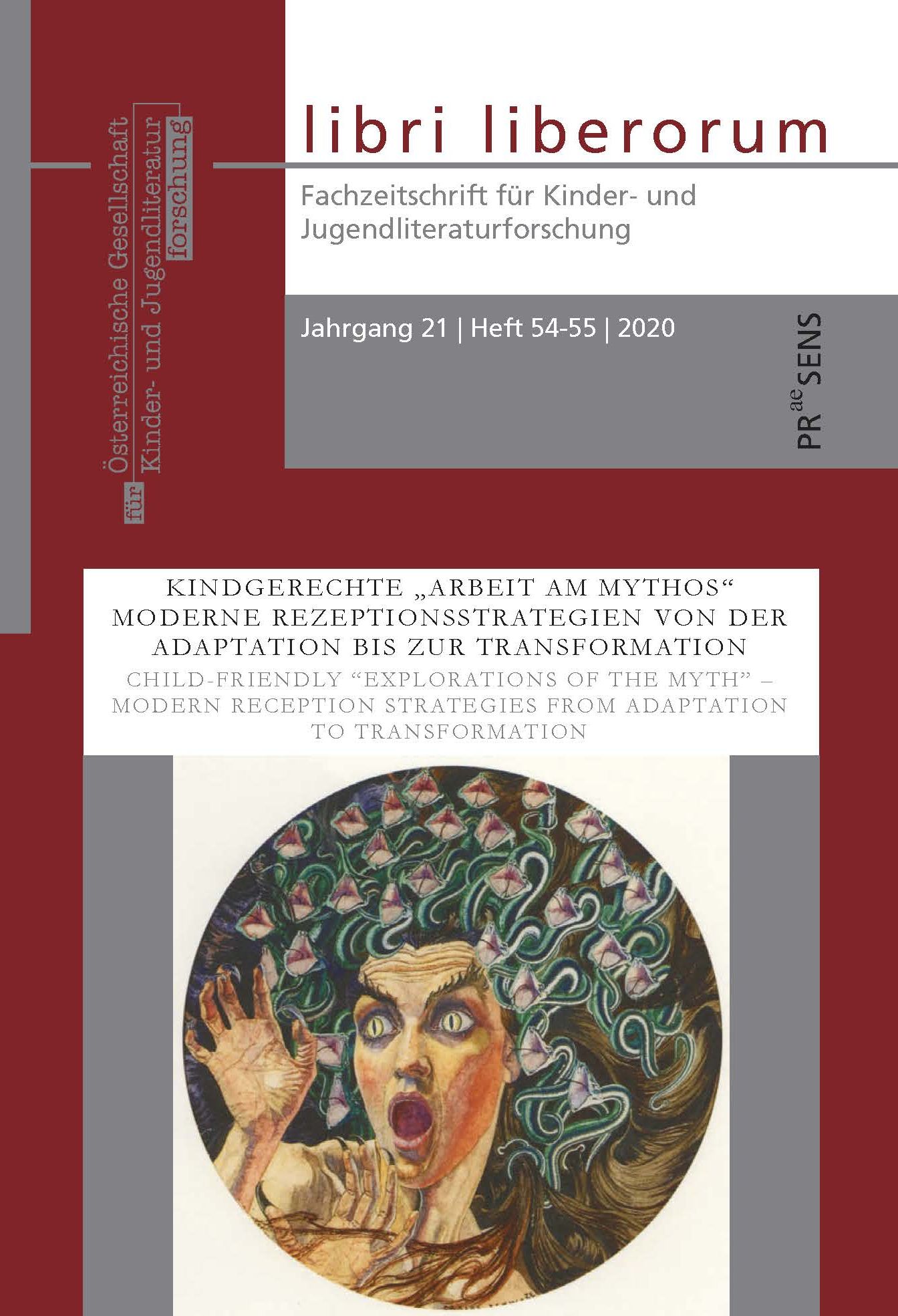Shinto for children in Hayao Miyazaki’s My Neighbour Totoro
Keywords:
Shinto, Hayao Miyazaki, animation, mythology, children, JapanAbstract
The following paper analyses a few aspects of the iconic animated film My Neighbour Totoro (1988) by Hayao Miyazaki, renowned Japanese director from Studio Ghibli, and explains how these are examples of Shinto for children. Hayao Miyazaki’s main influences for creating his worlds are Japanese culture, mainly Shinto mythology and religion. In Miyazaki’s films, trees and nature coexist with the gods and have a sacred connotation that reflects traditional Japanese heritage. Taking into consideration the spirits, the camphor tree, and the relationship between Satsuki and Mei’s family and the Tsukamori forest, one can appreciate the great influence that Shinto had on My Neighbour Totoro’s conception. It could be said that this film interprets Shinto for a family and child audience. Shinto in this film is cheerful, talks about union, love for nature and even mischief and curiosity, where everything fantastic can be real to children’s eyes. It is a very pure vision of the sacredness that the forest offers to those who seek it, having as its main elements Totoro and his camphor tree. It is also a very pedagogical Shinto, motivating the planting of more camphor trees, and transmits great love towards life in the countryside, where family life is the most important thing.



